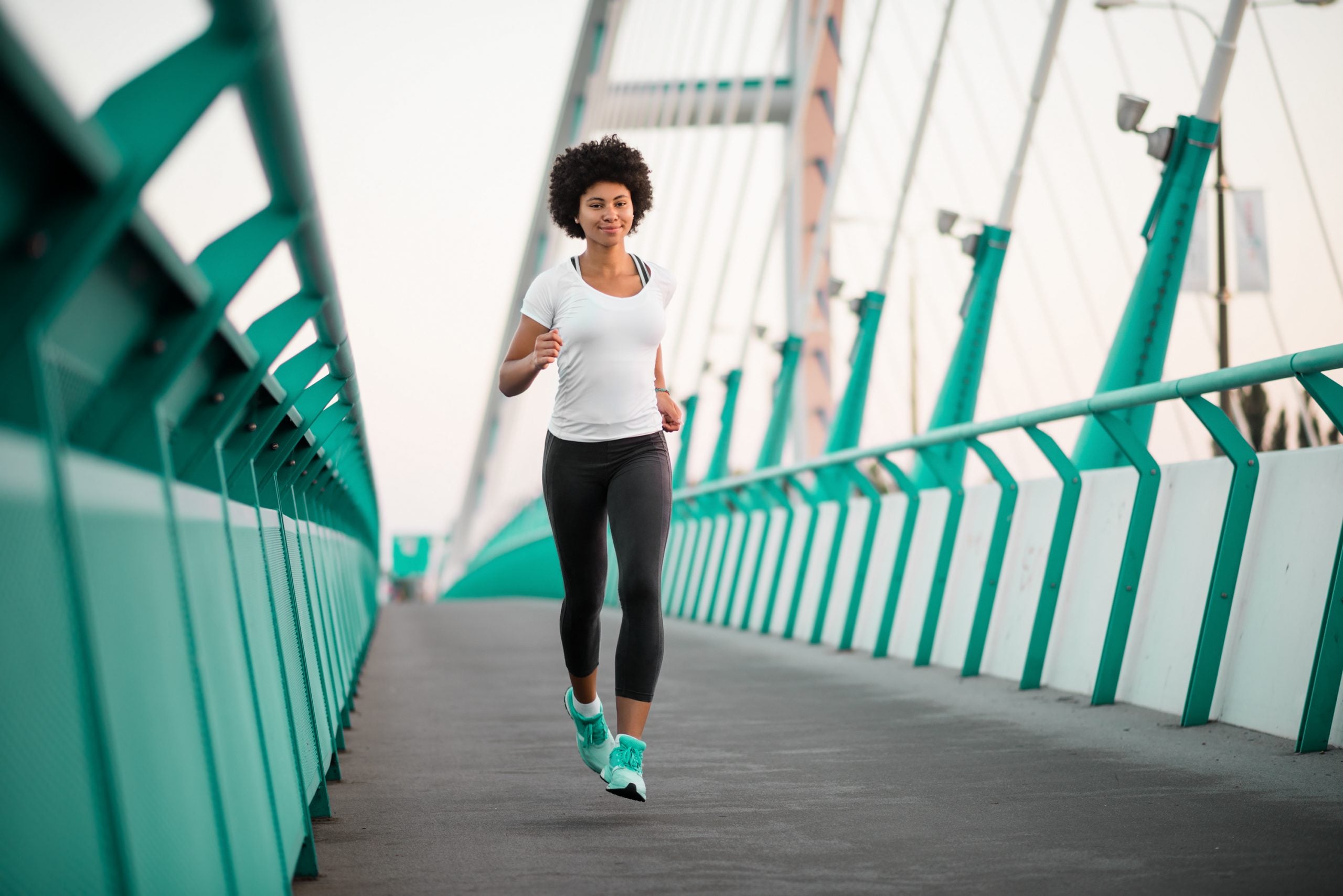
While many of us are facing withdrawal from being outdoors right now, perhaps the most devastated group of them all is — runners.
Several states have implemented shelter in place rules, while CDC guidelines ban social gatherings of over 10 people to help slow the spread of COVID-19, making it nearly impossible for runners and local run groups to still log their miles.
Not to mention, while the coronavirus pandemic has continued to spread, the cancellation of large scale events has also impacted those who have been training for marathons — such as the Nike Women’s Half Marathon in LA and the Popular Brooklyn Half — for months. With social distance running, all hope is not lost however. Washington D.C. based communications director Cherri Sinclair planned to run the Cherry Blossom Ten Miler race in DC this upcoming week, but quickly sought out an alternative to still get her miles in. “Running different routes has always been important to me as a runner, especially while training for a race,” says Sinclair.
“During this time, I’ve been running in my local national park, Anacostia Park,” she says. “There are multiple trails (some longer than others) which provide different scenery and lessens boredom, and the park is so large and spread out that I don’t have to worry about being less than 6 feet from people.”
Mile High Run Club Coach and Co-Founder of RUNGRL Jasmine Nesi is also encouraging runners to still go the (social) distance. But don’t get it twisted, there are still several precautions that must be implemented while hitting the pavement. Perhaps the most important tip to run while social distancing is simple: “Run alone,” says Nesi.
And because she’s right about that, and more, we’ve enlisted Nesi to share a few tips on staying safe while running.
Protect yourself, at all costs.
You should treat your runs as though you were traveling anywhere during the pandemic, such as the grocery store, the pharmacy or urgent care. That means you should take extra precautions to avoid germs and other bacteria that may spread the virus. Nesi adds, “Considerations for what to bring on the run are a scarf to cover your mouth or hand sanitizer in case you touch your face.” And even with your protective gear while running, it’s still important to avoid touching your face and washing your hands post-run.
Be diligent while on the run.
The CDC recommends to stay at least 6 feet apart from either other while practicing social distancing (unless you’re with someone who lives in your household), and since there will be other people who may also be running, it’s important to keep a safe distance. “Avoid potentially crowded areas, i.e. parks or popular run routes, and keep your distance from pedestrians,” says Nesi. “Where I feel comfortable, is taking advantage of areas without traffic or by running in the street alongside the parking lane against traffic.”
Get an accountability partner.
The only hugs or high 5s you should be giving until the end of the pandemic is to your virtual support system. These are the people who will keep you motivated and on track to keep up with your runs. “Connect with your community through sharing your run on social media or FaceTiming your accountability partner pre- or post-run,” adds Nesi.
Chill out.
“With everything going on, don’t allow running to be a source of stress,” says Nesi. “Run without expectation. I like to set an intention for my runs that has nothing to do with performance.”
Start slow.
While social media would leave you to believe that you should come out of the pandemic with 5 new hobbies, as a skilled chef, and beating your personal record for running — you don’t have to go any of those things. Half the battle is getting moving, and you’ve already succeeded in that, so just enjoy your run (or walk) without any additional pressure. “Especially if you’re a new runner, start slow,” says Nesi. “Give yourself grace. This is new; it’s not always going to be easy. But there is so much joy in movement during these times.”